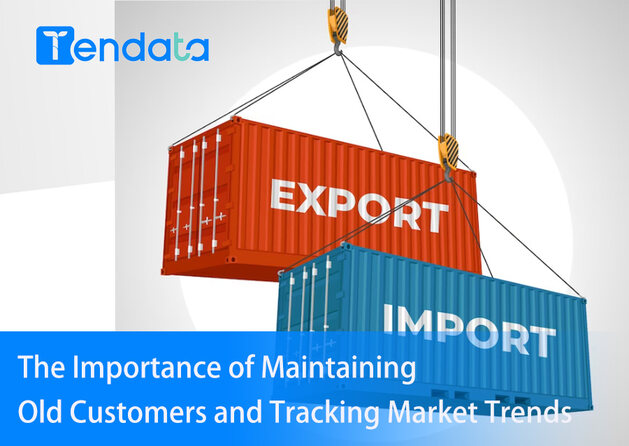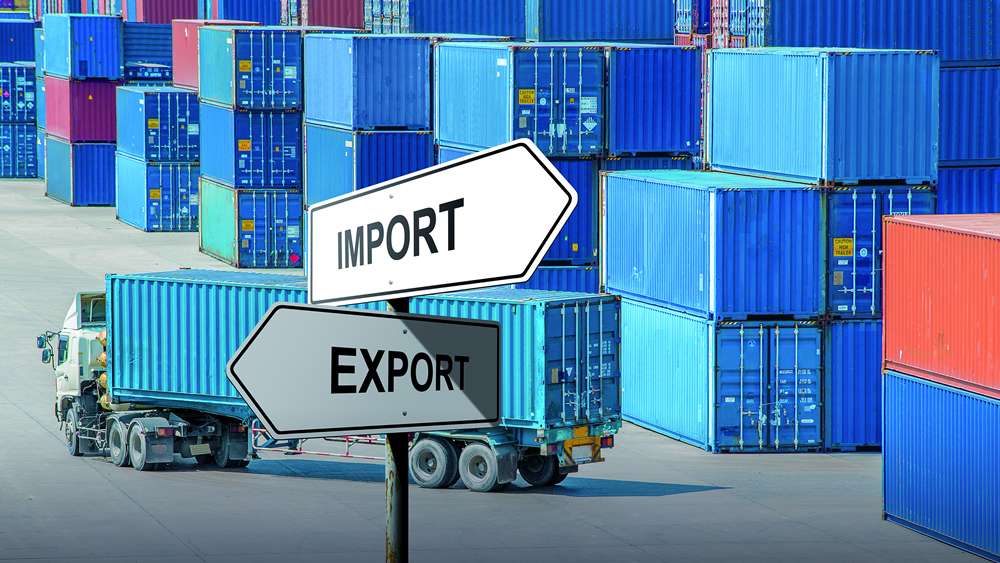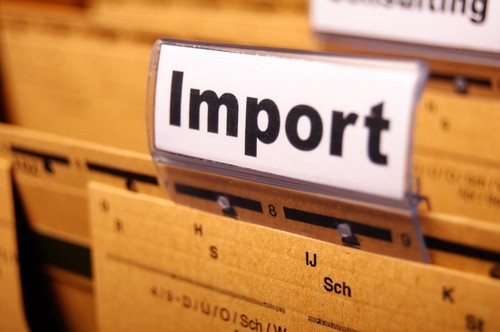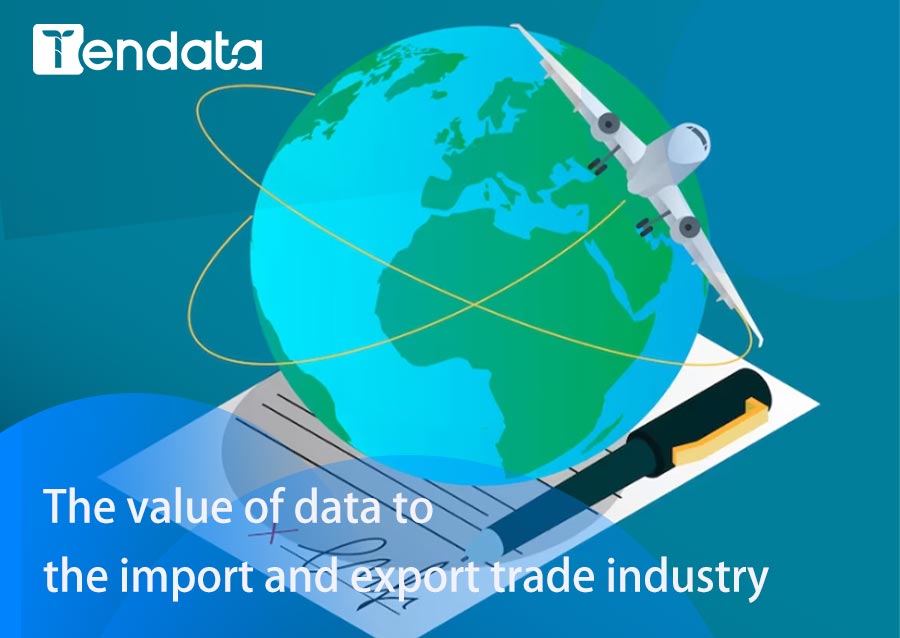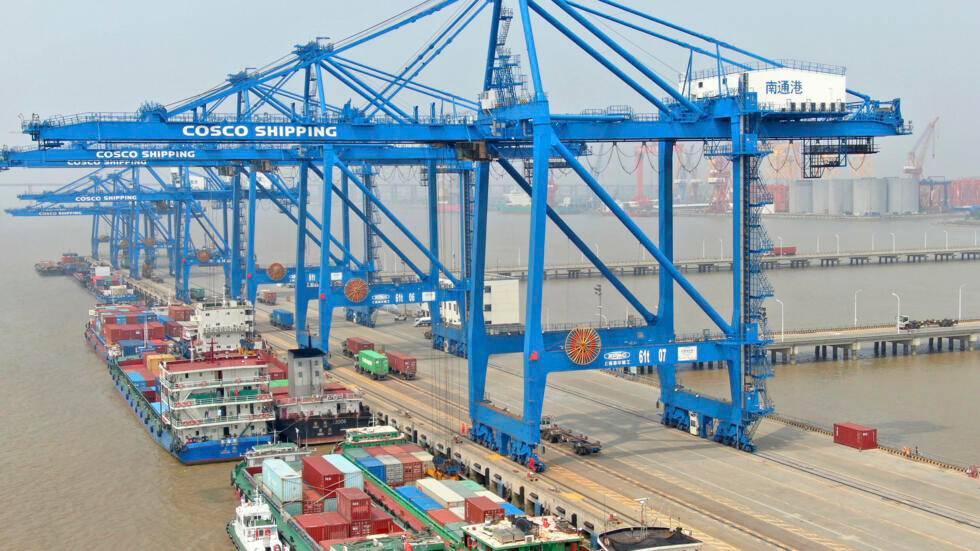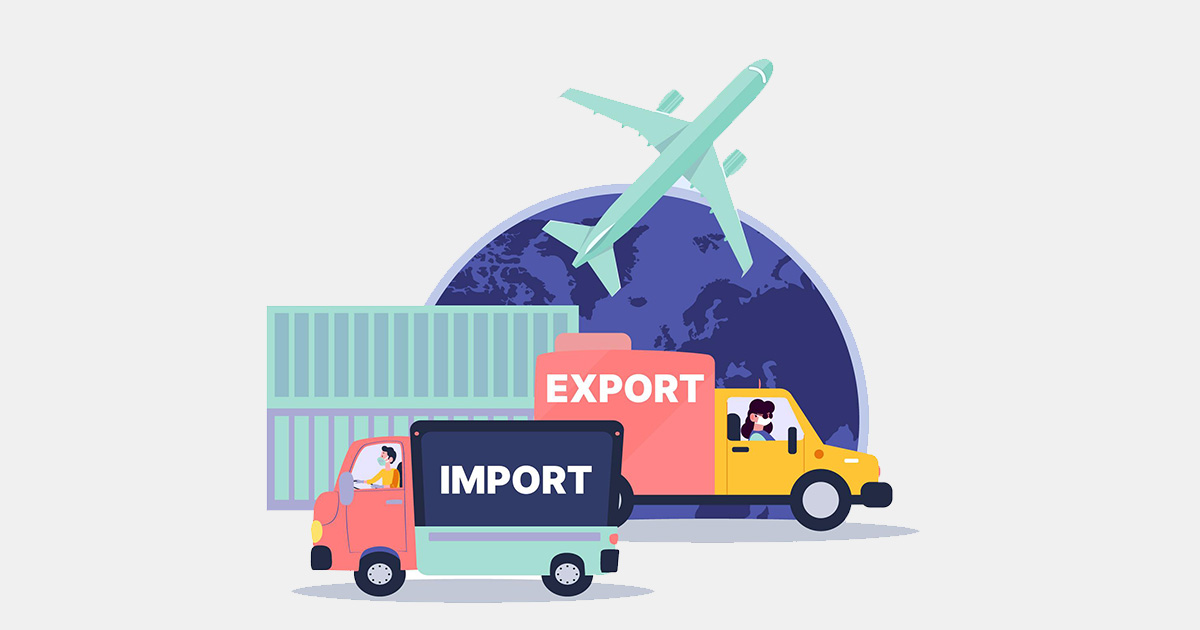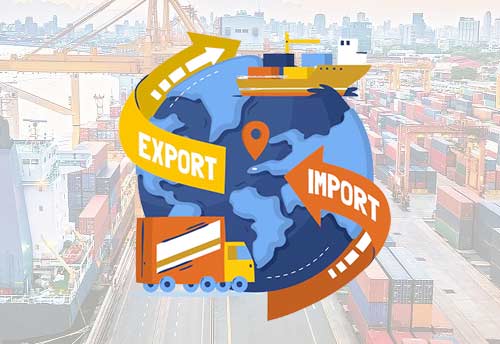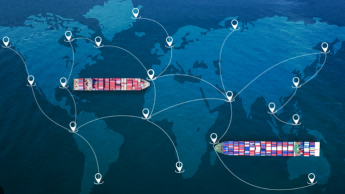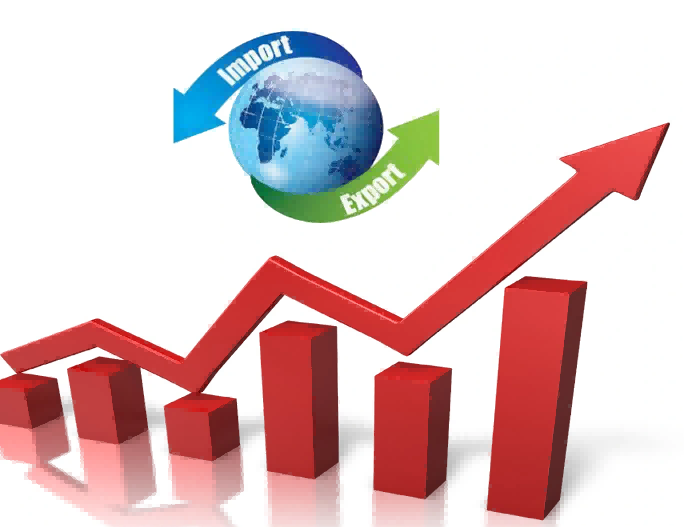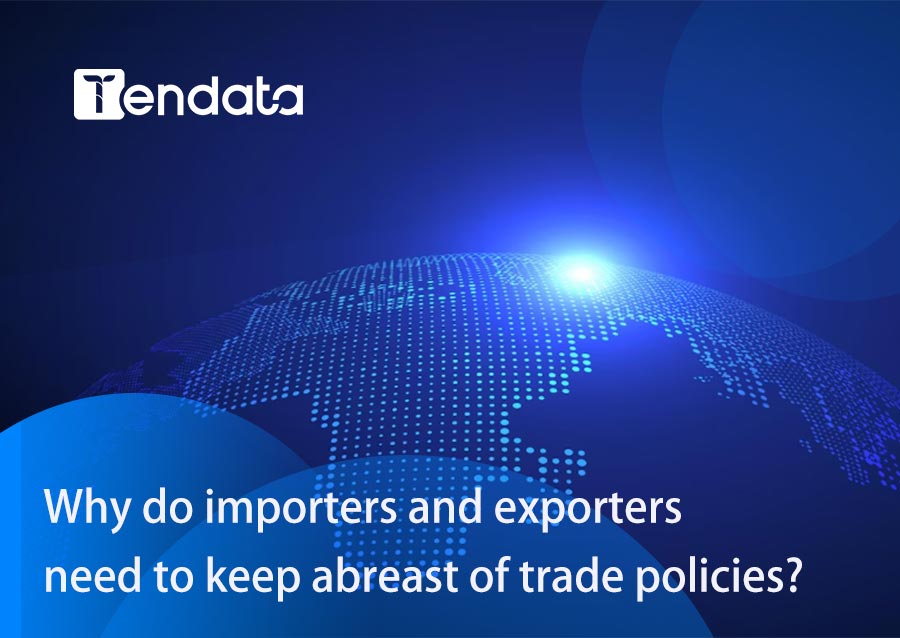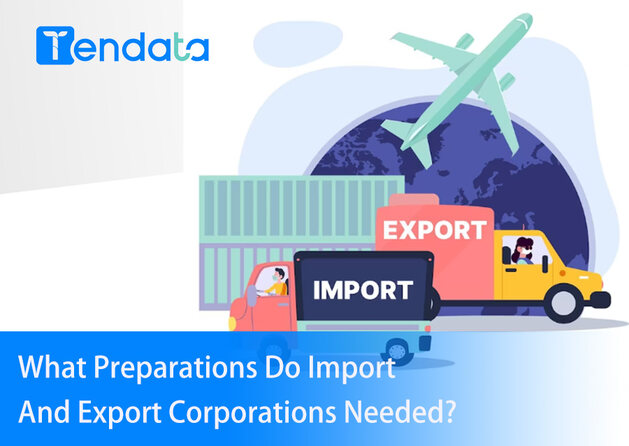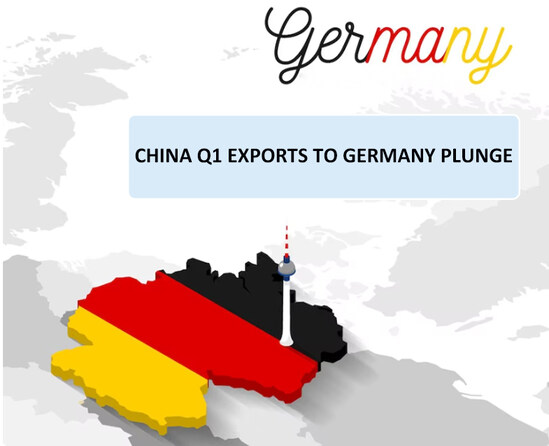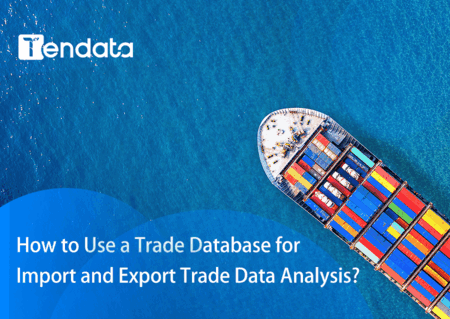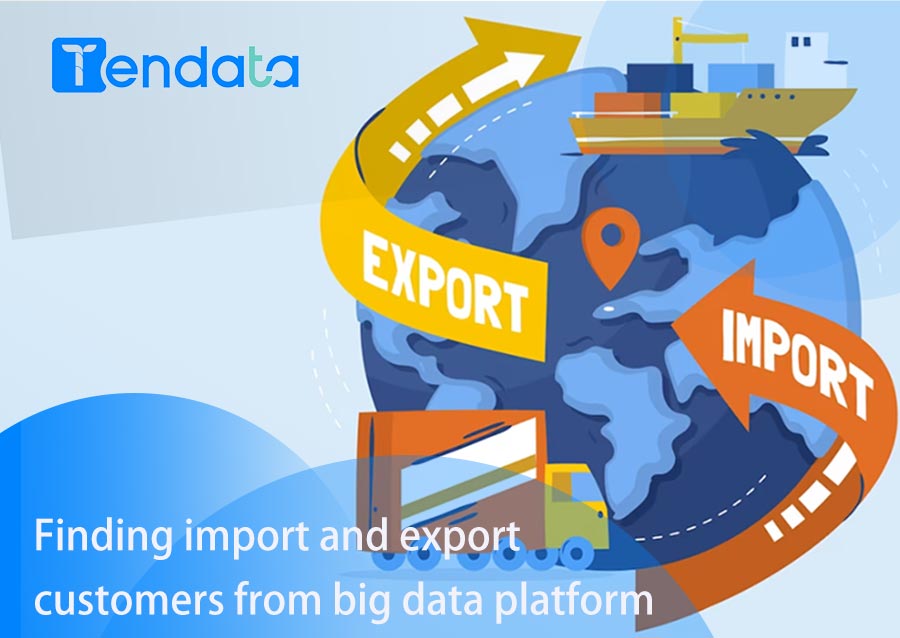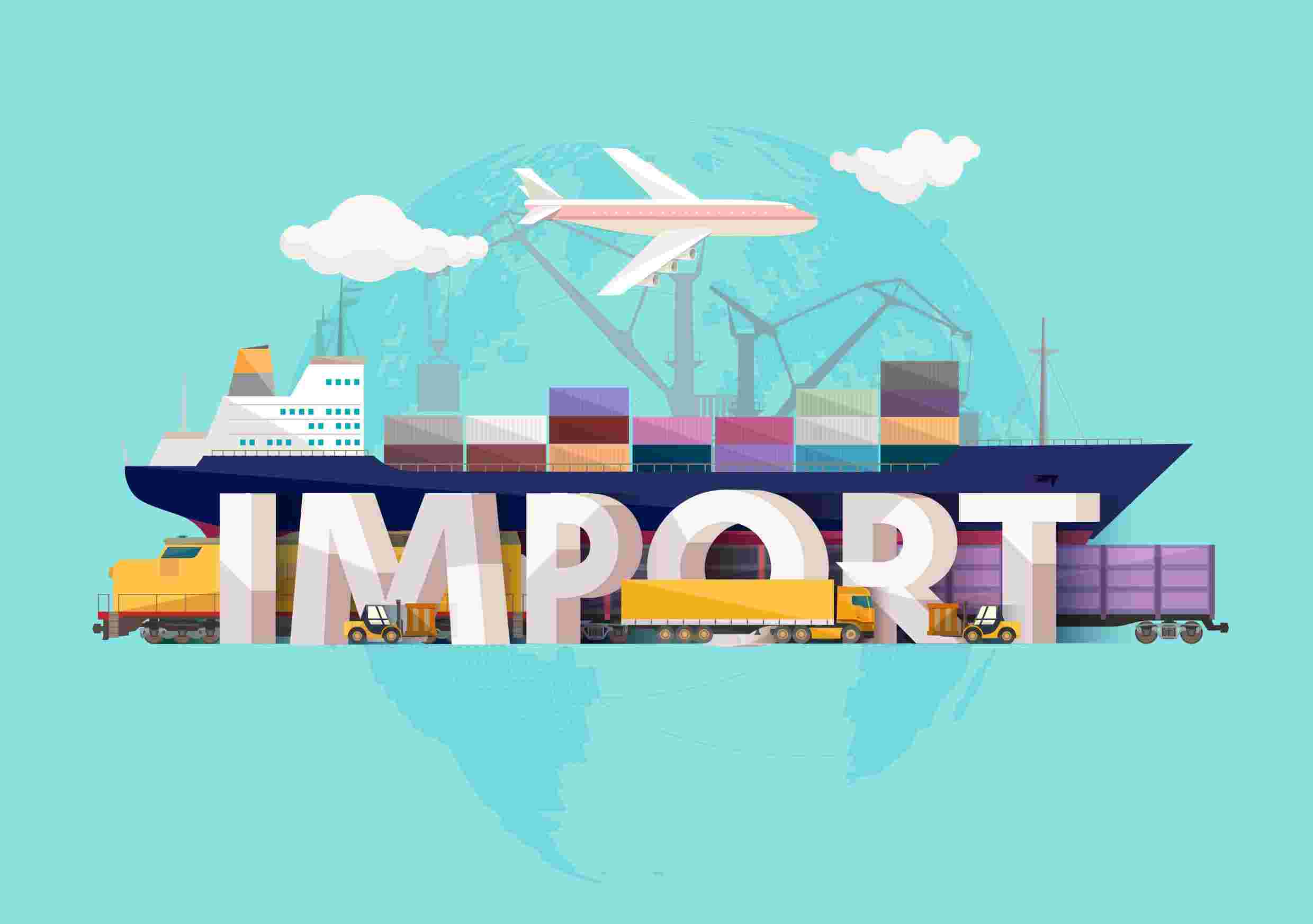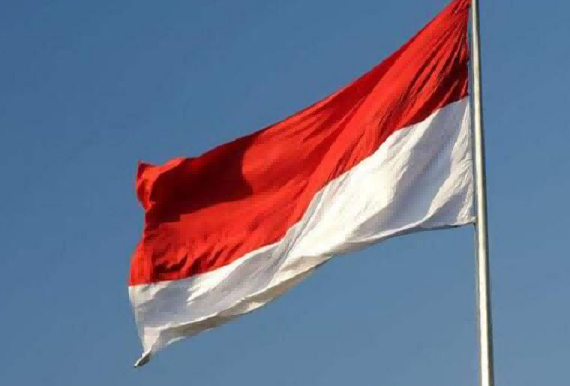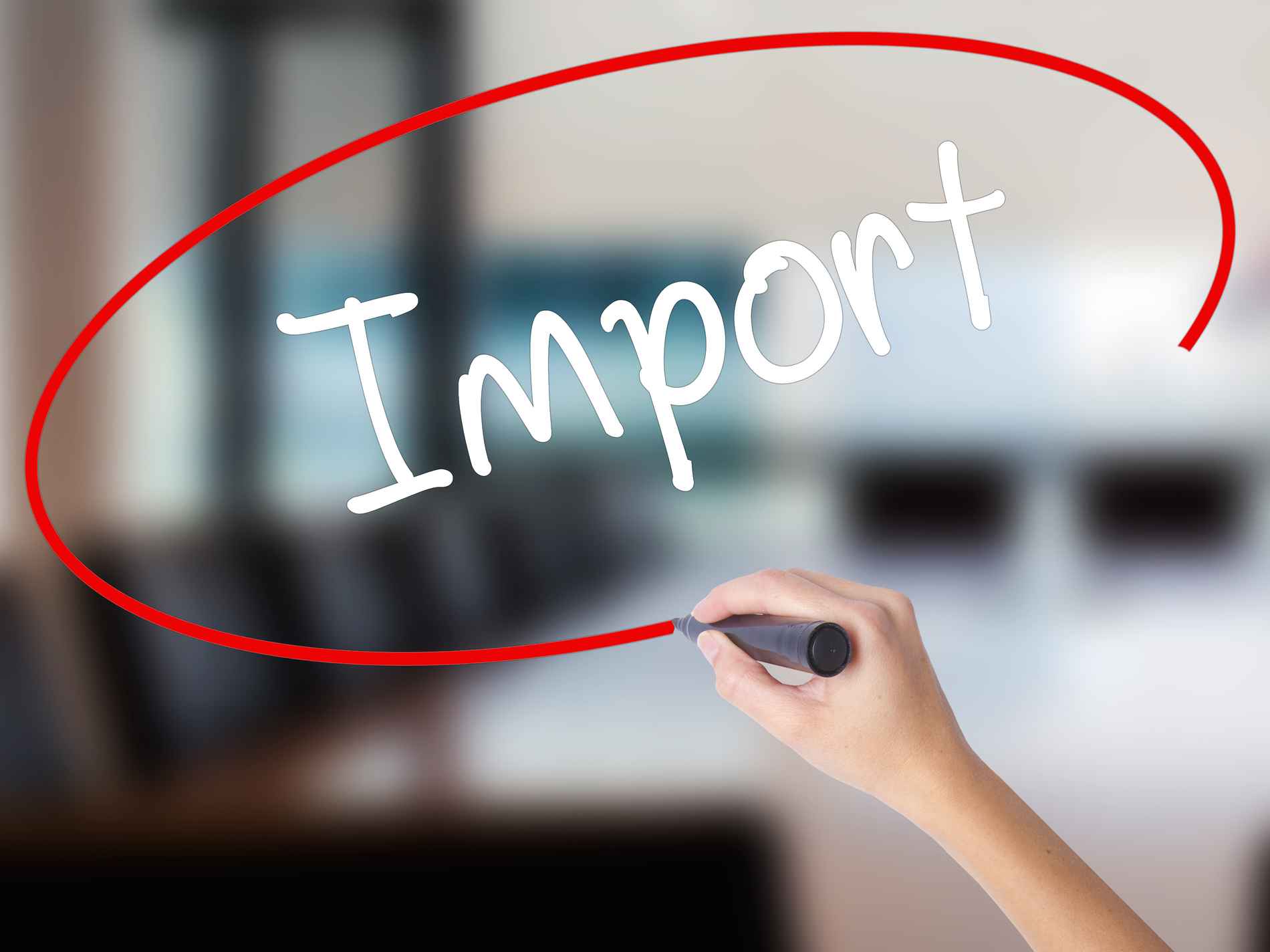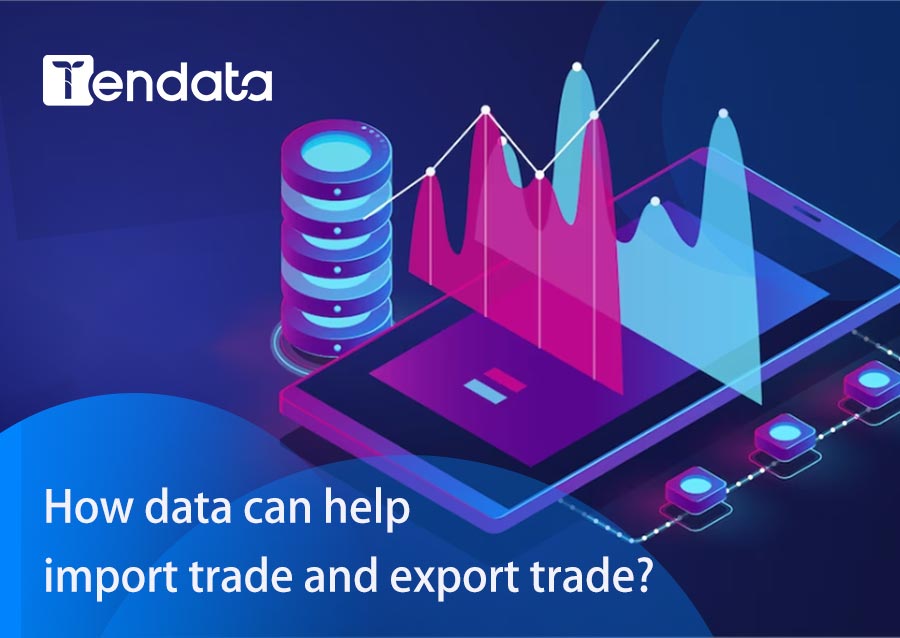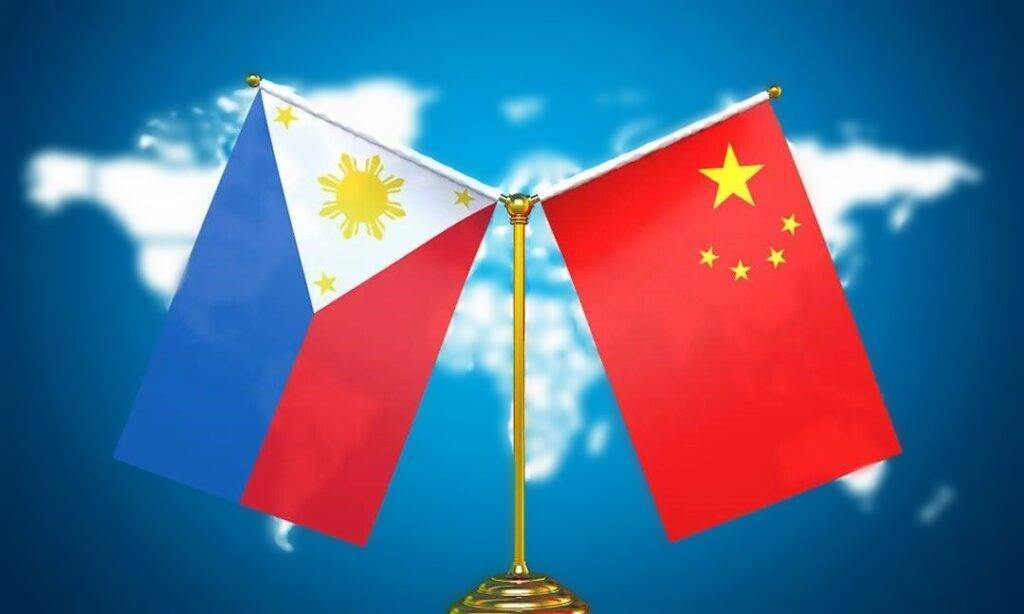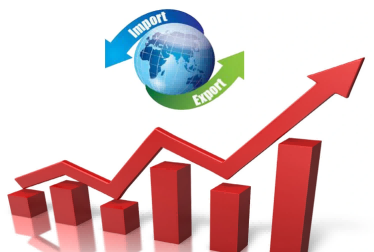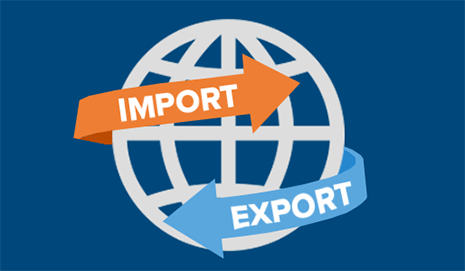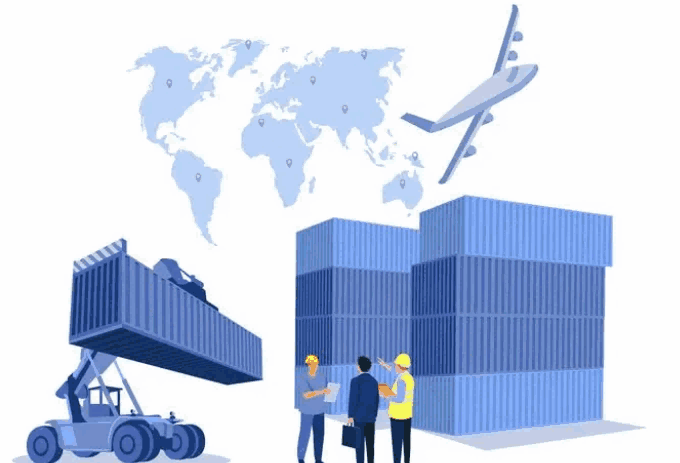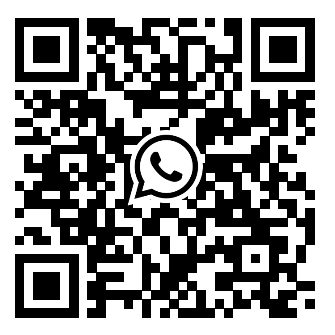 Import News
Import News
 2024-09-13
2024-09-13
In 2023, the worldwide expenditure on imported diamonds reached a significant total of $101.2 billion. This marks a decline of approximately -7.6% from five years earlier in 2019, when diamond imports amounted to $109.5 billion.
Comparatively, there was a notable year-over-year decrease of -22.5% in the dollar value of diamonds imported, dropping from $130.5 billion in 2022.
The leading importers of diamonds globally are India, the United States, Hong Kong, the United Arab Emirates, and Belgium. Together, these top 5 importers accounted for over three-quarters (76.4%) of the total international diamond sales in 2023.
From a regional perspective, Asia emerged as the largest spender on imported diamonds, with purchases totaling $64.3 billion, representing 63.5% of the global market. North American importers followed with a share of 19.2%, while European countries collectively accounted for 14.9% of worldwide diamond imports. Smaller shares were observed for Africa (1.9%), Oceania (0.4%), led by Australia and New Zealand, and Latin America (0.1%), excluding Mexico but including the Caribbean.
For reference, the Harmonized Tariff System (HTS) code prefix for non-mounted and unset diamonds is 7102.
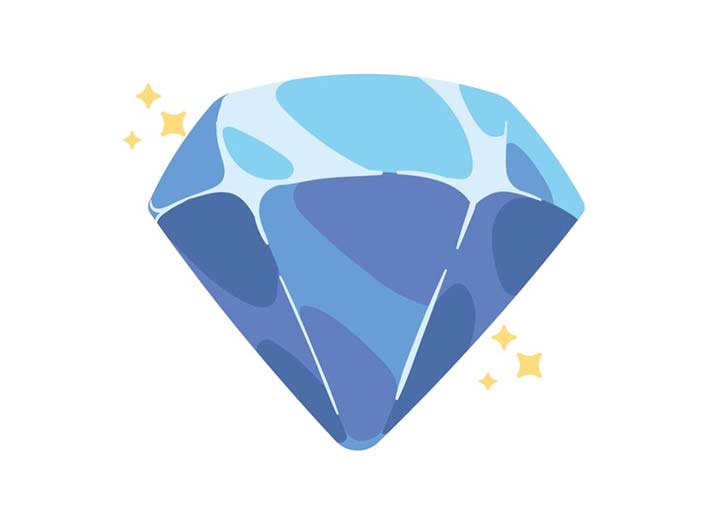
Top 15 Countries by Diamond Import Value in 2023
Here are the 15 countries with the highest import values for diamonds in 2023:
1. India: $22 billion (21.7% of total imports)
2. United States: $19 billion (18.8%)
3. Hong Kong: $15.5 billion (15.4%)
4. United Arab Emirates: $11.6 billion (11.5%)
5. Belgium: $9.1 billion (9%)
6. Mainland China: $6 billion (5.9%)
7. Israel: $4.1 billion (4.1%)
8. Switzerland: $2.1 billion (2%)
9. Thailand: $1.8 billion (1.8%)
10. France: $1.3 billion (1.3%)
11. United Kingdom: $993.6 million (1%)
12. Botswana: $948.3 million (0.9%)
13. Italy: $921.2 million (0.9%)
14. Japan: $717.4 million (0.7%)
15. South Africa: $578.4 million (0.6%)
These 15 countries together accounted for 95.6% of all diamond imports in 2023.
Among these countries, Japan and France experienced notable growth in diamond imports since 2022, with increases of 16.3% and 12.6%, respectively. Conversely, countries such as Botswana, the United Kingdom, Israel, and the United Arab Emirates saw significant declines in their diamond import volumes, with decreases of -57.1%, -38.2%, -34.4%, and -34.1%, respectively.
Key Diamond Importing Companies
Here are some prominent companies in the diamond import sector from Tendata:
1. KIRAN GEMS PRIVATE LIMITED: 3.57%, $1007.32 million
2. NAMIBIA DIAMOND TRADING COMPANY (PTY) LTD: 1.93%, $543.95 million
3. ANKIT GEMS NAMIBIA (PTY) LTD: 1.86%, $523.87 million
4. SHREE RAMKRISHNA EXPORTS PVT LTD: 1.81%, $510.83 million
5. HARI KRISHNA EXPORTS PVT LTD: 1.75%, $493.58 million
6. DIACORE DIAMONDS NAMIBIA (PTY) LTD: 1.71%, $482.29 million
7. FINESTAR JEWELLERY AND DIAMONDS (NAMIBIA) (PTY) LTD: 1.61%, $454.08 million
8. KGK DIAMONDS NAMIBIA (PTY) LTD: 1.59%, $447.95 million
9. WORLDWIDE DIAMOND SORTING PRIVATE LIMITED: 1.5%, $422.14 million
10. DHARMANANDAN DIAMONDS PVT LTD: 1.39%, $391.93 million
This overview provides a snapshot of the global diamond import market, highlighting key trends, leading importers, and major players in the industry.
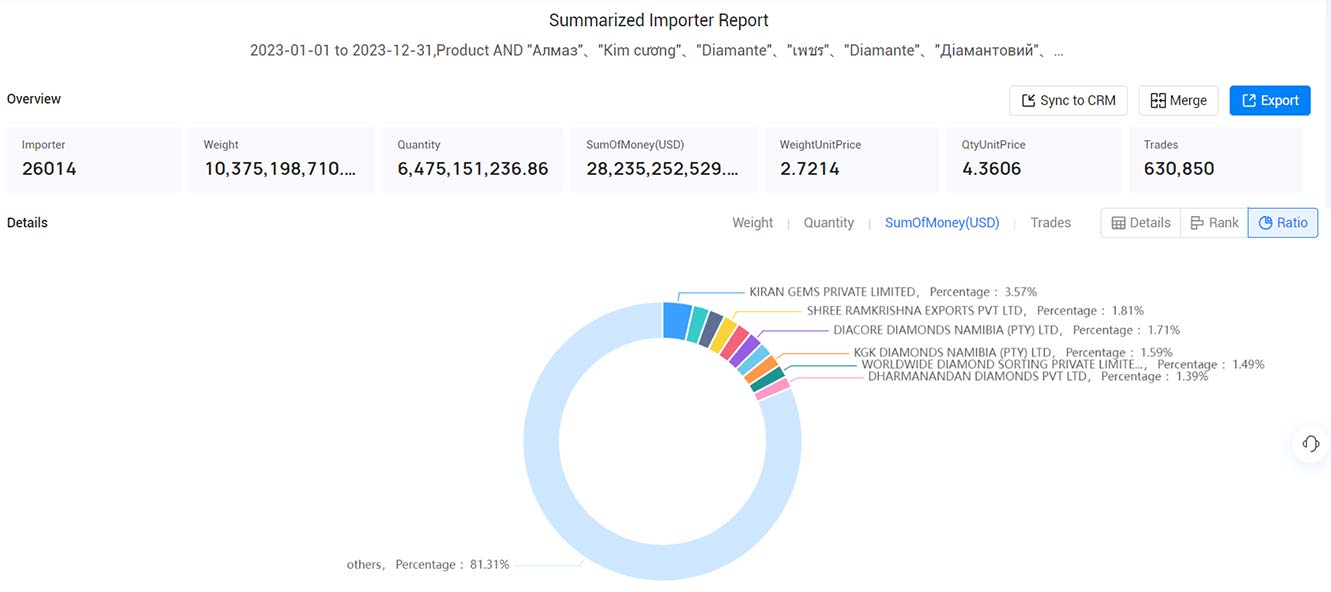
1. Establishing a Customer Resource Repository by Country
Creating a customer resource repository is akin to your own work record sheet. Begin by utilizing trade tracking functionality to compile a list of all customers from a particular country. Next, perform specific analyses based on factors such as each purchaser's procurement volume, purchase cycle, product specifications, and supplier systems (with emphasis on examining the diversity or singularity of their supply channels; preferably retaining customers with diversified suppliers, as those relying on a single supply channel may be harder to develop). Lastly, filter out the potential high-quality customers constituting 30% of this country's total, and record them in your customer resource repository, allowing flexible categorization by country, time, customer name, follow-up steps, phone numbers, emails, and other contacts. (>>>Click to Start Developing Customers for Free<<<)

2. Creating a Customer Resource Repository by Peer Companies
Have a solid understanding of peer companies' English names (including full names, abbreviations, etc.). Utilize the global networking capability of suppliers to generate a list of all clients associated with peer companies within the system. Following this, perform essential analyses on these clients based on factors like procurement volume, procurement cycle, product models, and others. Ultimately, identify and record the key customers of your targeted peer companies in your customer resource repository. (>>>Click to Start Developing Customers for Free<<<)
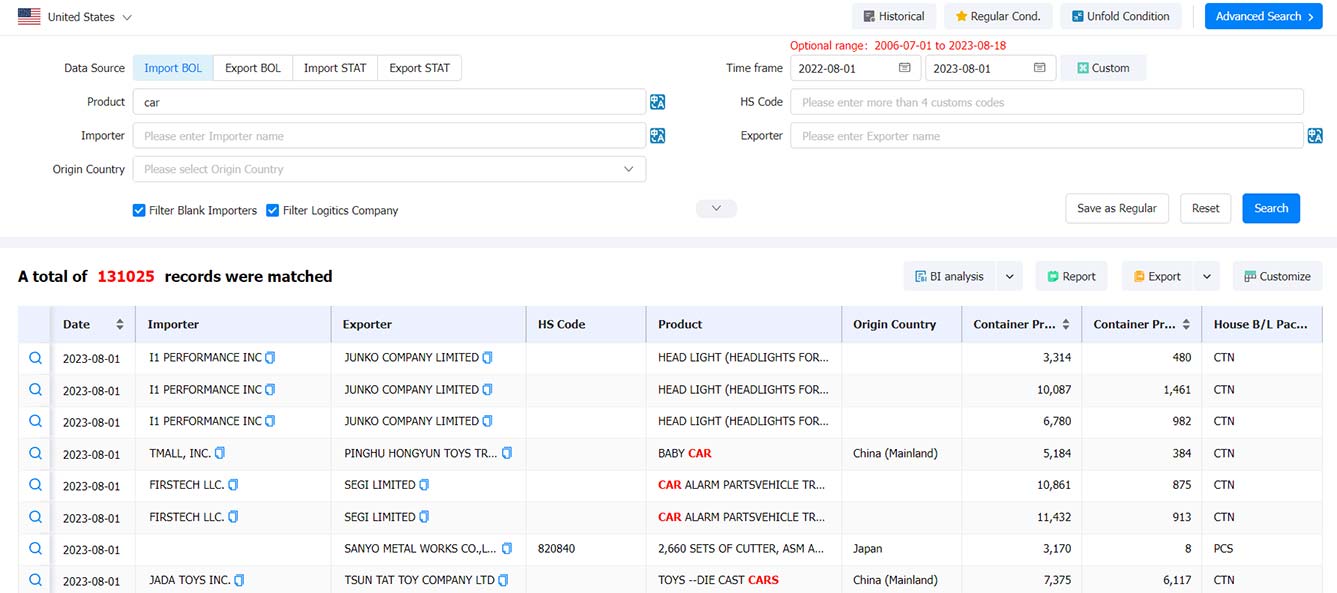
3. Cataloging New Customers from Each Country
For newly emerging customers from specific countries, use the trade search function to select the country, set the date range and limit product names or customs codes. Check "Newest," and the search results will display high-quality customers that emerged most recently in that country within the designated timeframe. Since these customers are newly established, with recent procurement transactions, their supplier stability might be unsteady. Therefore, prioritize following up with these new potential buyers. Lastly, record all these new prospects in your customer resource repository. (>>>Click to Start Developing Customers for Free<<<)
All three strategies for utilizing customs data to develop customers can be tailored to your company's actual needs. Depending on market conditions, industry specifics, strategic requirements, etc., find the approach that suits you best, with the sole aim of classifying and organizing your premium customers. Once you've found suitable customers, the next step is to contact them precisely, employing various methods such as phone calls, emails, and online chats.
Category
Leave Message for Demo Request or Questions


 T-info
T-info T-discovery
T-discovery

 My
Tendata
My
Tendata Market Analysis
Market Analysis Customer
Development
Customer
Development Competitor
Monitoring
Competitor
Monitoring Customer Relationship
Customer Relationship
















